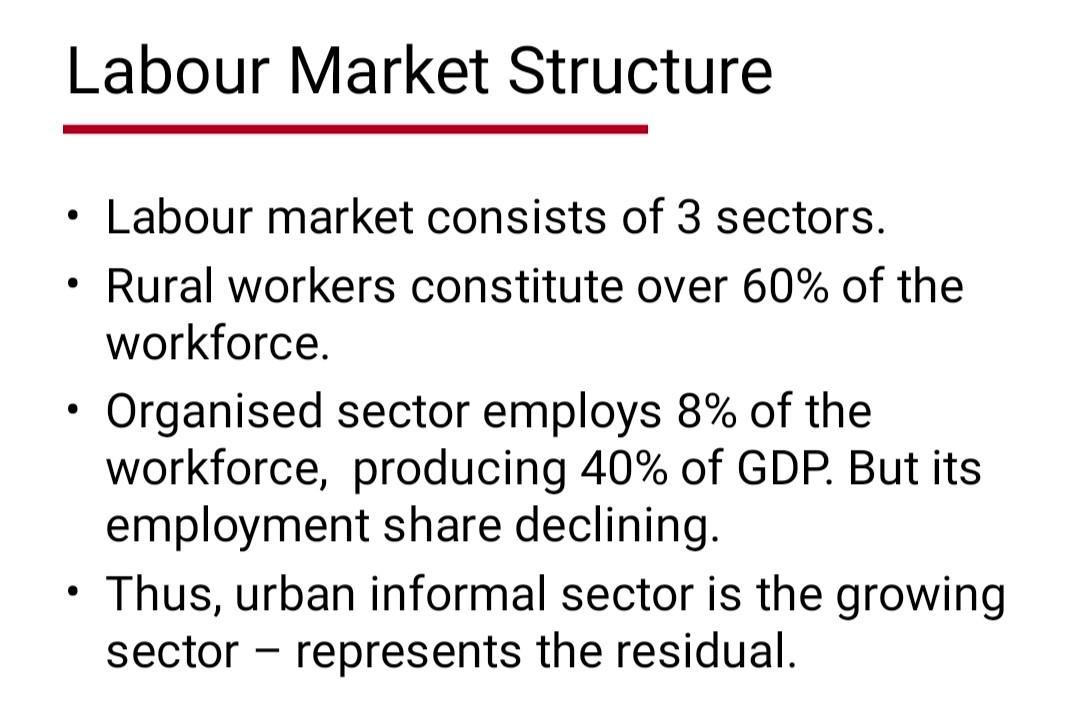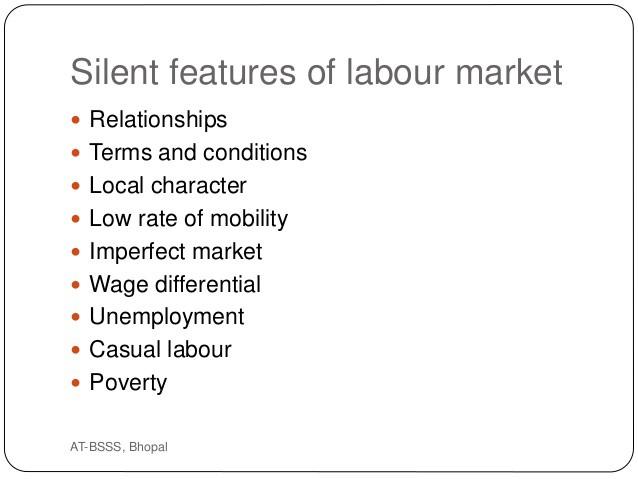Time management is very much important in IIT JAM. The eduncle test series for IIT JAM Mathematical Statistics helped me a lot in this portion. I am very thankful to the test series I bought from eduncle.
Nilanjan Bhowmick AIR 3, CSIR NET (Earth Science)Nisha Sharma posted an Question
- UGC NET
- Commerce
Labour market externsl factor of hr ..& trade uniouns..please xplain me giving xamples
labour market externsl factor of hr ..& trade uniouns..please xplain me giving xamples
- 0 Likes
- 3 Comments
- 0 Shares
-
Rucha rajesh shingvekar
4 External Factors that Affect Human Resource Management Government Regulations – With the introduction of new workplace compliance standards your human resources department is constantly under pressure to stay within the law. These types of regulations influence every process of the HR department, including hiring, training, compensation, termination, and much more. Without adhering to such regulations a company can be fined extensively which if it was bad enough could cause the company to shut down. Economic Conditions – One of the biggest external influences is the shape of the current economy. Not only does it affect the talent pool, but it might affect your ability to hire anyone at all. One of the biggest ways to prepare against economic conditions is to not only know what’s happening in the world around you, but also create a plan for when there is an economic downturn. All companies can make due in a bad economy if they have a rainy day fund or plan to combat the harsh environment. Technological Advancements – This is considered an external influence because when new technologies are introduced the HR department can start looking at how to downsize and look for ways to save money. A job that used to take 2-4 people could be cut to one done by a single person. Technology is revolutionizing the way we do business and not just from a consumer standpoint, but from an internal cost-savings way. Workforce Demographics – As an older generation retires and a new generation enters the workforce the human resources department must look for ways to attract this new set of candidates. They must hire in a different way and offer different types of compensation packages that work for this younger generation. At the same time, they must offer a work environment contusive to how this generation works.
Do You Want Better RANK in Your Exam?
Start Your Preparations with Eduncle’s FREE Study Material
- Updated Syllabus, Paper Pattern & Full Exam Details
- Sample Theory of Most Important Topic
- Model Test Paper with Detailed Solutions
- Last 5 Years Question Papers & Answers
Sign Up to Download FREE Study Material Worth Rs. 500/-



















Rucha rajesh shingvekar![best-answer]()
Trade unions 1. Craft Unions: The membership of such unions is drawn from among workers employed in a particular craft or trade or allied crafts or trades or occupations irrespective of the organisation or the industry they belong to. Such employees are craft conscious and usually professionals or non-manual employees. The Ahmedabad Weavers’ Union is an example that can be cited in this regard. 2. Industrial Unions: In industrial unions, membership is open to all types of workers engaged in any one industry or a group of industries or service, that is, on industry-wise basis, for example, Rashtriya Mill Mazdoor Sangh, Mumbai. 3. Labour Unions: In these unions, membership is open to all workers irrespective of their occupation, skill or industry, the philosophy being that all workers have common status and a common need for mutual help. Labour unions refer to both craft and industrial unions. 4. General Unions: General unions believe in the solidarity of the working class. Hence, their membership is open to workers of different skills and trades engaged in different industries. 5. Blue-Collar Workers’ Unions: Blue-collar workers’ unions constitute of employees usually performing operative jobs. They usually operate machines in the production and allied departments. Blue-collar workers constitute the bulk of membership of trade unions in the organised sector. 6. White-Collar Workers’ Unions: Such unions usually comprise office staff or who work off the shop floor and perform desk jobs or provide service over the counter or any such other job. White-collar category includes executives, managers, professionals, administrators, supervisors, clerks and the like. We come across such unions in banks, service sector, insurance companies, BPOs, software organisations, Central and state government offices, and so on. Their members being educated and matured are aware of the capacity to pay off their organisations and, therefore, are more reasonable while they prepare their charter of demands. 7. Reformist Unions: These unions may be either business unions or revolutionary unions. i. Business Unions: They are also known as ‘bread and butter unions’ and aim at securing economic interests of their members and follow the method of collective bargaining to accomplish their objectives. ii. Revolutionary Unions: Revolutionary unions are opposed to the capitalistic industry and replace it by the socialistic systems through radical means such as strikes, boycott and gheraos. 8. Friendly or Uplift Unions: These unions mainly aim at improving the intellectual, moral and social life of their members. These unions are not craft conscious. They rather focus on the interest of workers. They are idealistic in nature. Since they are law-abiding, they believe in the institution of collective bargaining and also setting up of cooperative enterprises, mutual insurance, profit-sharing and the like.